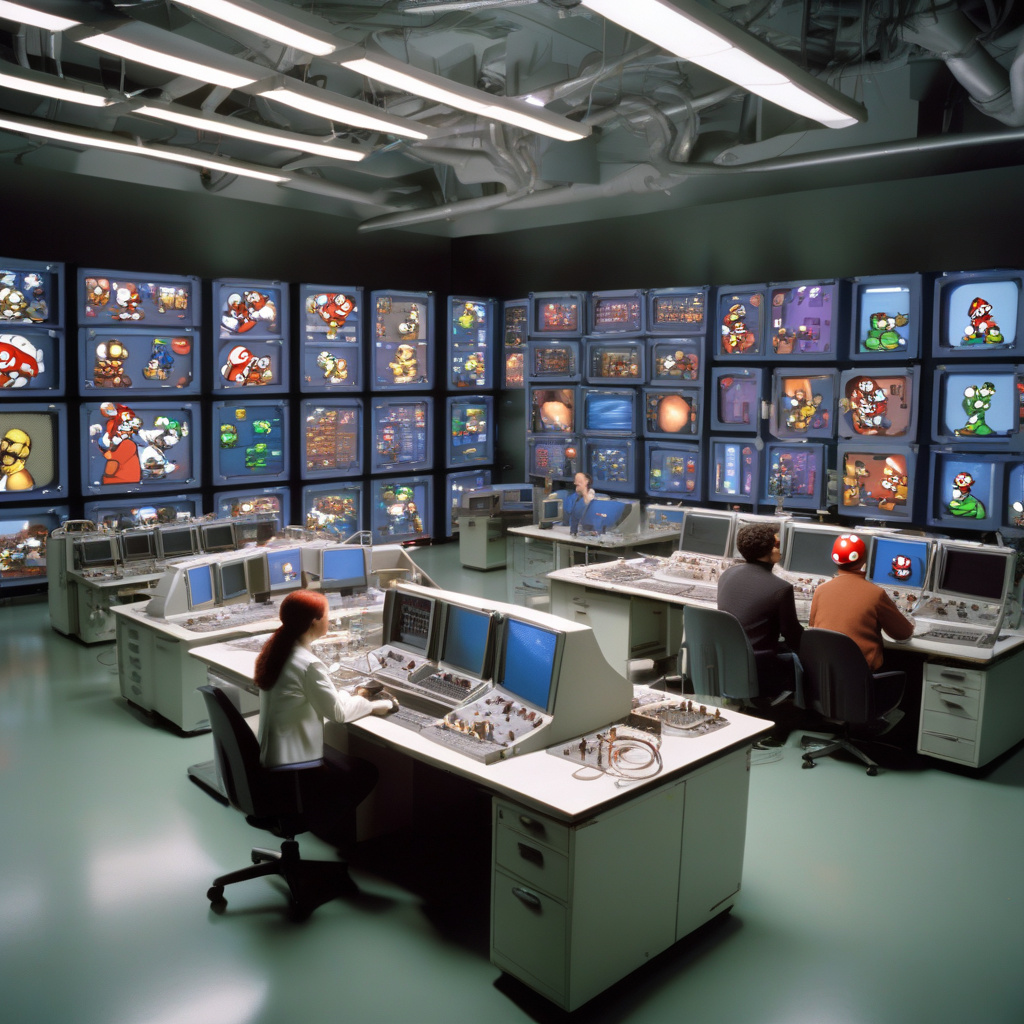Super Mario Bros. Challenges AI Models More Than Expected
Artificial intelligence (AI) has made significant advancements in recent years, from beating world champions in complex board games to driving cars autonomously. However, one unexpected challenge for AI models has been the seemingly simple world of Super Mario Bros. The classic video game, released by Nintendo in 1985, has proven to be a tough nut to crack for many AI systems, raising questions among researchers about the validity of using video games as benchmarks for AI development.
At first glance, Super Mario Bros. may appear to be a straightforward game with limited complexity. The premise is simple: navigate the protagonist, Mario, through various levels, avoid obstacles, stomp on enemies, and ultimately rescue Princess Peach from the villainous Bowser. However, beneath its colorful façade lies a world of intricacies and challenges that have stumped even the most sophisticated AI models.
One of the primary reasons why Super Mario Bros. poses such a challenge for AI is its dynamic and unpredictable nature. Unlike games with static environments or predetermined outcomes, Super Mario Bros. features randomly generated levels, multiple obstacles, moving enemies, and hidden power-ups. This level of uncertainty makes it difficult for AI algorithms to anticipate and react to every possible scenario, requiring a level of adaptability and problem-solving skills that are beyond the reach of many current AI systems.
Furthermore, the sheer volume of data that AI models need to process in real-time while playing Super Mario Bros. is staggering. From recognizing different elements in the game, such as platforms, enemies, and power-ups, to making split-second decisions on movement and timing, AI systems are put to the test in ways that go beyond traditional benchmarks like chess or Go. This complexity highlights the gap between the capabilities of AI and the nuanced understanding of the world that humans possess.
While some researchers have embraced the challenge of using video games like Super Mario Bros. as benchmarks for AI development, others have raised valid concerns about the limitations of this approach. Critics argue that focusing on game-based benchmarks may not fully capture the real-world challenges that AI systems will face, such as interpreting complex human interactions, navigating unpredictable environments, or making ethical decisions.
Despite these criticisms, the difficulty of mastering Super Mario Bros. serves as a reminder of the vast potential and limitations of current AI technology. By pushing AI models to their limits in unexpected ways, games like Super Mario Bros. offer valuable insights into the capabilities of artificial intelligence and the areas where further research and development are needed.
In conclusion, while Super Mario Bros. may have been released over three decades ago, its legacy lives on as a formidable challenge for AI models. By testing the adaptability, problem-solving, and decision-making abilities of artificial intelligence in a dynamic and unpredictable environment, the game provides a unique perspective on the capabilities and limitations of current AI technology. As researchers continue to explore the intersection of video games and AI development, the quest to conquer Super Mario Bros. remains an ongoing and intriguing journey.
Super Mario Bros., AI models, video games, benchmarks, researchers
